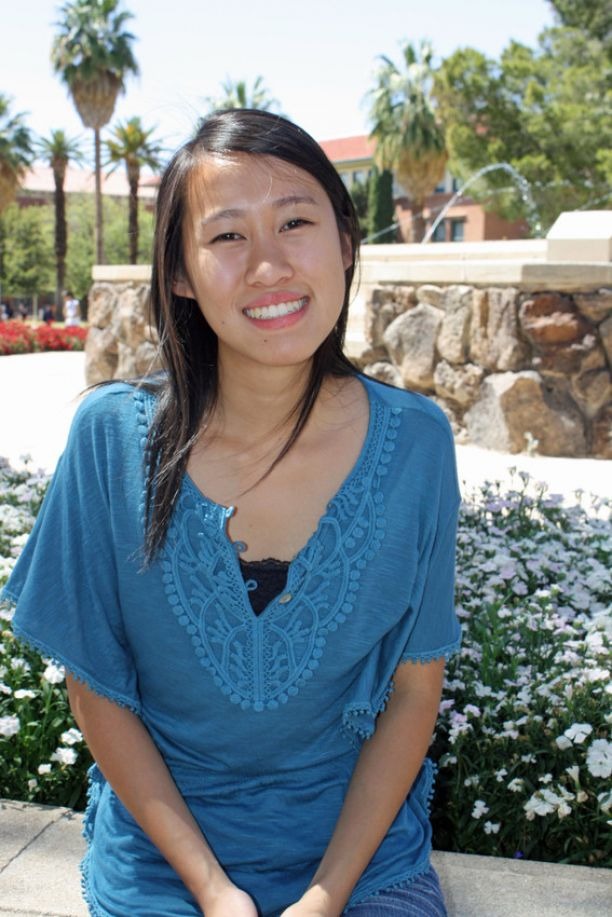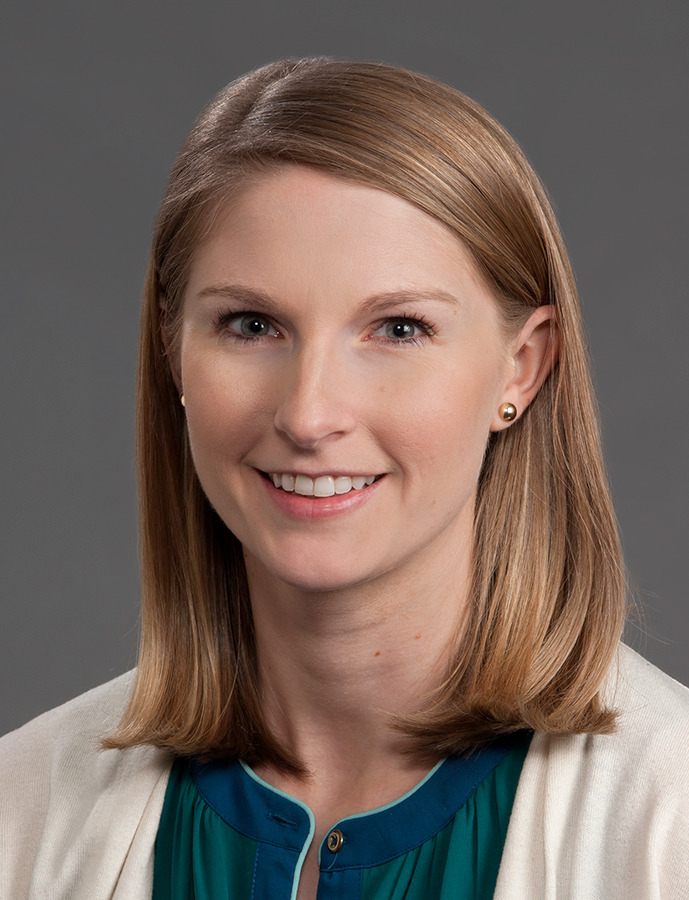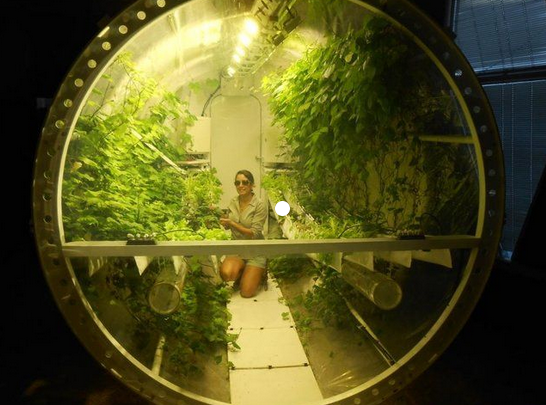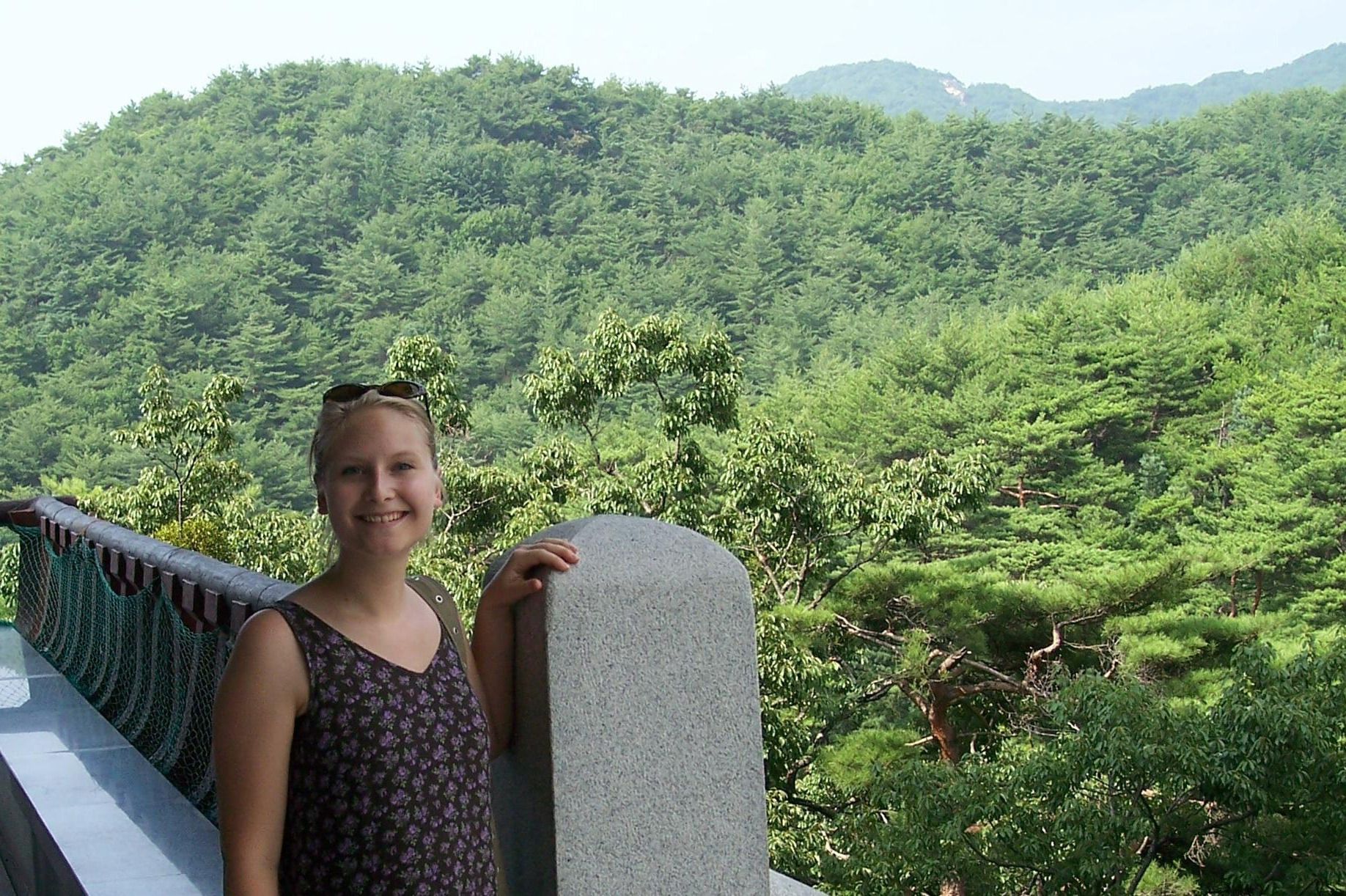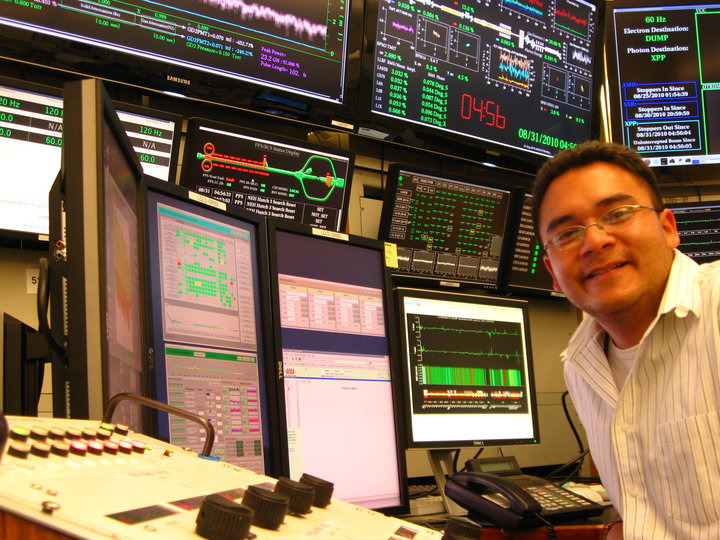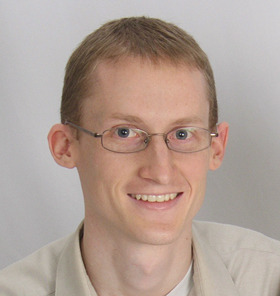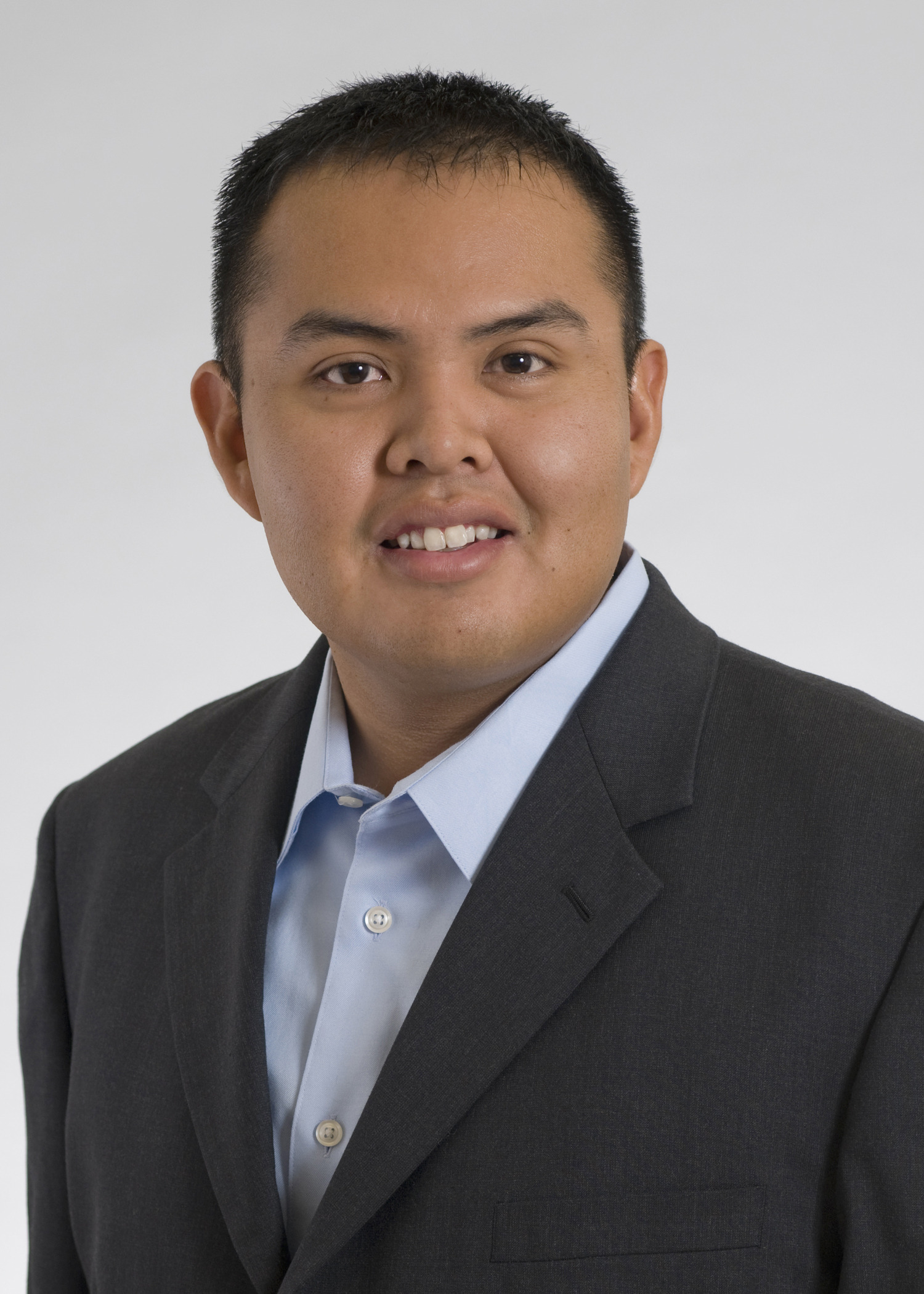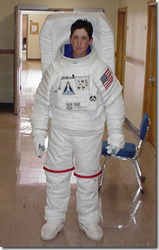Stargazer Program Opens New Horizons for Alaskan Student
Adam Nanouk travelled a great distance this summer--both physically and intellectually. His first trip away from his remote Alaskan village on the Bering Sea, took him all the way to Arizona to participate in Stargazer, a one-of-a-kind educational program for Native American high schoolers. Sponsored by the Space Grant Program at Northern Arizona University, Stargazer teams students with Ph.D. astronomers from Dinè (Tribal) College, Northern Arizona University, NASA scientists, and others, for an exciting week-long introduction to astronomy. News of Adam's acceptance to Stargazer stirred a great deal of excitement in his community--virtually everyone in the surrounding area attended his send-off party. The first leg of his journey--riding shuttles from home to the airport in Anchorage--was an adventure in itself. There, he reported seeing more people in one place than he could handle and nearly fainted! And that was nothing compared to what he would experience in Arizona!
Adam and his fellow students had opportunities to observe at state-of-the-art telescopes, construct and launch model rockets, and study star lore of different cultures in a star lab. They learned about astro-photography, spectroscopy, and CCD imaging, basic astronomical and physical principles, Native American astronomy, the scientific method, philosophy and ethics of science, and about telescopes, and how to use them. They took field trips to Lowell Observatory, the Astrogeology Branch of the U.S. Geological Survey, and an ancient archaeoastronomy site. Adam ate his first hamburger while on the NAU campus, saw his first ants while on a field trip, and got to wear his first NASA space suit. He said the trip opened his eyes to more possibilities than he ever imagined possible. His interest in space science was definitely sparked. Adam returned home with many stories for the people in his village--who will also, no doubt, marvel at what he has seen. We, in Arizona, anticipate seeing great things from Adam!
